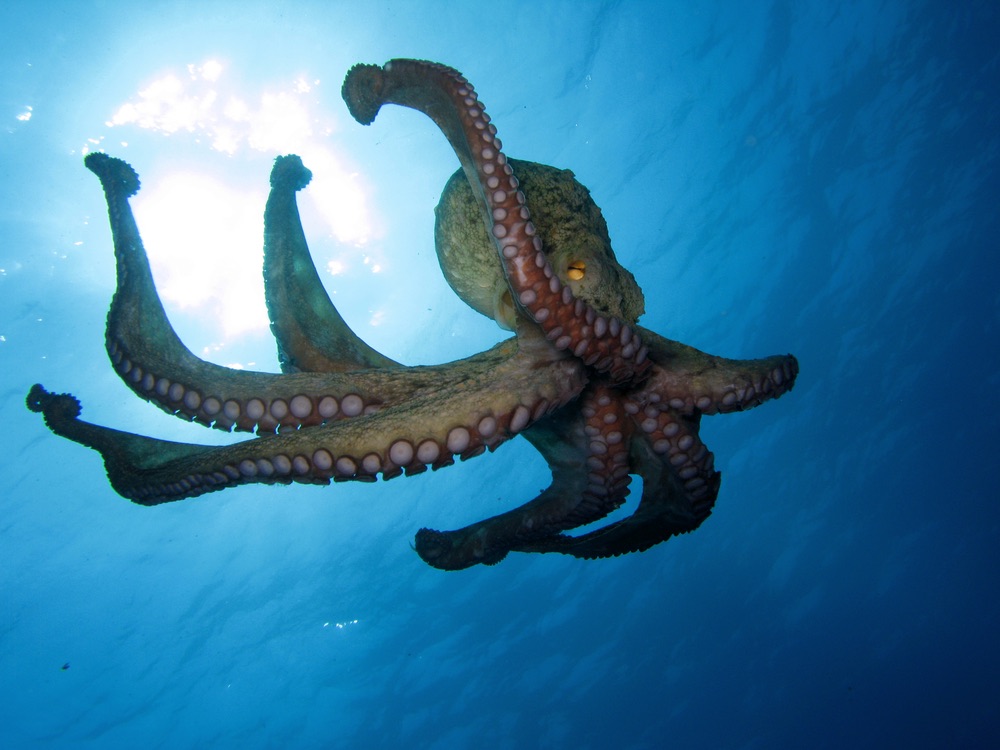Nature Documentaries May Help Ease Aggression in Prisons

DENVER — Violent altercations in prisons can be dangerous for inmates and prison staff alike. Now, a new small study suggests that showing nature documentaries to inmates may help to ease aggression in prisons.
The study took place in the Snake River Correctional Institution in Oregon, in a maximum-security unit housing 48 inmates. Over a year in which half of the inmates had an opportunity to watch nature videos projected in a recreation yard, those who saw the videos were involved in 26 percent fewer violent infractions than those who didn't.
"This is equivalent to 13 fewer violent incidents over the year," study researcher Patricia Hasbach, a clinical psychotherapist in a private practice, said at a presentation today (Aug. 5) here at the annual meeting of the American Psychological Association. [Nature Photography: 101 Animal Shots You'll Go Wild Over]
Introducing nature
The reduction is important, Hasbach said, as most violent altercations end in injury for either inmates or staff. The researchers conducted their study in a cellblock that had two recreation yards — one for one side of cells, and one for another. The inmates on both sides were similar to each other (regarding demographics and time on the cell block, for instance), and the recreation yards were overseen by the same officers. This enabled the researchers to vary only whether the inmates had access to nature videos.
The videos showed everything from oceans to African savannas. Surveys revealed that 80 percent of the inmates who saw the videos said they felt calmer after viewing them, Hasbach reported. Seventy percent said they remembered the nature videos later, in times of stress, and were able to calm themselves down. The researchers could find no downsides of the videos — everyone surveyed disagreed, for example, that the videos made them more agitated.
In in-depth interviews, inmates spoke of the benefits of the nature imagery.
"I thought about what I would do if I could," one inmate told researchers of his time watching the videos. "I wonder if there were bears in those mountains. I wonder what I'll do when I'm out of here. I tell my kids we're going camping…"
Get the world’s most fascinating discoveries delivered straight to your inbox.
Nature therapy
The precise type of imagery didn't seem to matter, as long as it was varied.
"Nothing in particular," one inmate said when asked his preferences. "Something other than four walls."
The researchers didn't test whether other types of videos would have had similar effects, Hasbach said, but previous research in health care settings has found nature videos to be more mentally beneficial than other content, such as daytime television, urban scenes and abstract art. Other psychological research has found that nature-based activities improve function in kids with attention deficit disorder and that outdoor activities boost self-esteem. Just the color green may boost mood and motivation during exercise.
Prison officials are now transferring the nature videos to other parts of the facility, Hasbach said, and a lower-security women's prison in Oregon is also starting the same program. Prisons in six other states have contacted the researchers for information on how to institute similar video programs in their own correctional facilities, she said.
Original article on Live Science.

Stephanie Pappas is a contributing writer for Live Science, covering topics ranging from geoscience to archaeology to the human brain and behavior. She was previously a senior writer for Live Science but is now a freelancer based in Denver, Colorado, and regularly contributes to Scientific American and The Monitor, the monthly magazine of the American Psychological Association. Stephanie received a bachelor's degree in psychology from the University of South Carolina and a graduate certificate in science communication from the University of California, Santa Cruz.



